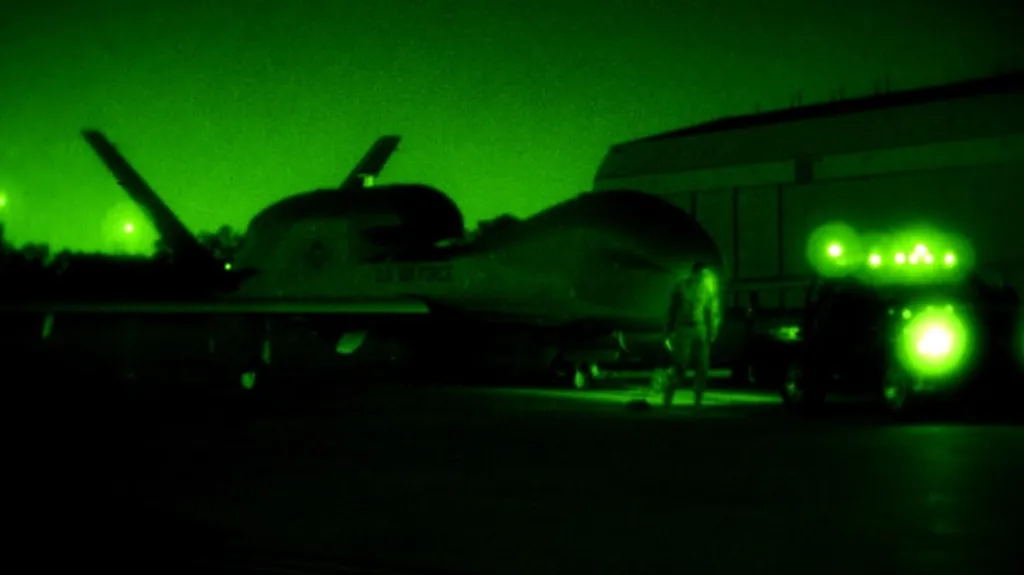In the heart of North Dakota, a technological revolution is taking flight, quite literally, to address a growing challenge for farmers: blackbird damage to crops. A recent study published in *Ecological Informatics* showcases how machine learning and drone technology are being harnessed to detect, classify, and count blackbirds, particularly red-winged blackbirds (RWBL), that are wreaking havoc on sunflower fields. This innovative approach could significantly enhance the efficiency and effectiveness of agricultural damage management.
The research, led by Jessica L. Duttenhefner from North Dakota State University, leverages artificial intelligence (AI) to automate the monitoring and management of blackbird flocks. Using drone-based imagery, the team trained a ResNet-18 Convolutional Neural Network (CNN) model to detect flocks with an impressive accuracy of 95.0%. Additionally, a Faster Region-based Convolutional Neural Network (Faster-RCNN) model was employed to detect individual blackbirds, classify them by species and sex, and count them with notable precision.
“Our goal was to develop a system that could not only identify the presence of blackbirds but also provide detailed information about the flock composition,” Duttenhefner explained. “This level of detail is crucial for implementing targeted and timely management strategies.”
The implications for the agriculture sector are substantial. Traditional methods of monitoring and managing blackbird damage often involve significant labor and can lead to wildlife habituation, reducing the effectiveness of hazing devices over time. Automated systems, as demonstrated in this study, can reduce labor costs and increase the longevity of management tools by minimizing human intervention.
The study also highlighted the importance of background removal to enhance the performance of the AI models. Variability in background and complexity, along with bird camouflage, posed challenges that were effectively addressed through this technique. Camera orientation and image quality were also critical factors that influenced the accuracy of detection, classification, and counting.
“This research is a game-changer for farmers,” said a local agricultural expert. “By providing real-time, accurate data on blackbird populations, we can deploy management tools more effectively and protect our crops without harming non-target species.”
The potential for future developments in this field is vast. As AI and drone technology continue to advance, the integration of these tools into agricultural practices could become more widespread, offering farmers innovative solutions to a variety of challenges. The study’s findings pave the way for further research and development in AI-driven automation for wildlife management, with the ultimate goal of balancing human well-being and wildlife conservation.
Published in *Ecological Informatics* and led by Jessica L. Duttenhefner from North Dakota State University, this research represents a significant step forward in the intersection of technology and agriculture. As the world grapples with increasing human-wildlife conflicts, such advancements offer hope for sustainable and effective management strategies.

